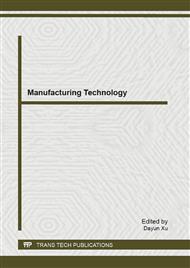p.383
p.389
p.396
p.402
p.409
p.414
p.420
p.425
p.431
Study on Blood Compatibility of a Central Venous Catheter and its Pyrogen Test
Abstract:
Objective:To evaluate the blood compatibility of a central venous catheter in order to provide evidence for the safety of medical devices. Methods:The indexes of coagulation including thrombin time(TT), prothrombin time(PT), activated partial thromboplastin time (APTT) and fibrinogen (Fg) concentration, as well as the indexes of platelet function parameters including TXB2 and platelet count were measured, hemolysis test was conducted as well to detect the hemolysis rate of the sample. Results:There was no significant difference between the samples and negative controls on indexes of coagulation and platelet function (p>0.05), hemolysis test showed that the hemolysis rate of the sample was 1.35% (less than 5%), which was coincident with the criteria of the medical devices. Conclusion:The test sample of central venous catheter has good blood compatibility.
Info:
Periodical:
Pages:
409-413
Citation:
Online since:
December 2012
Authors:
Price:
Сopyright:
© 2013 Trans Tech Publications Ltd. All Rights Reserved
Share:
Citation:


